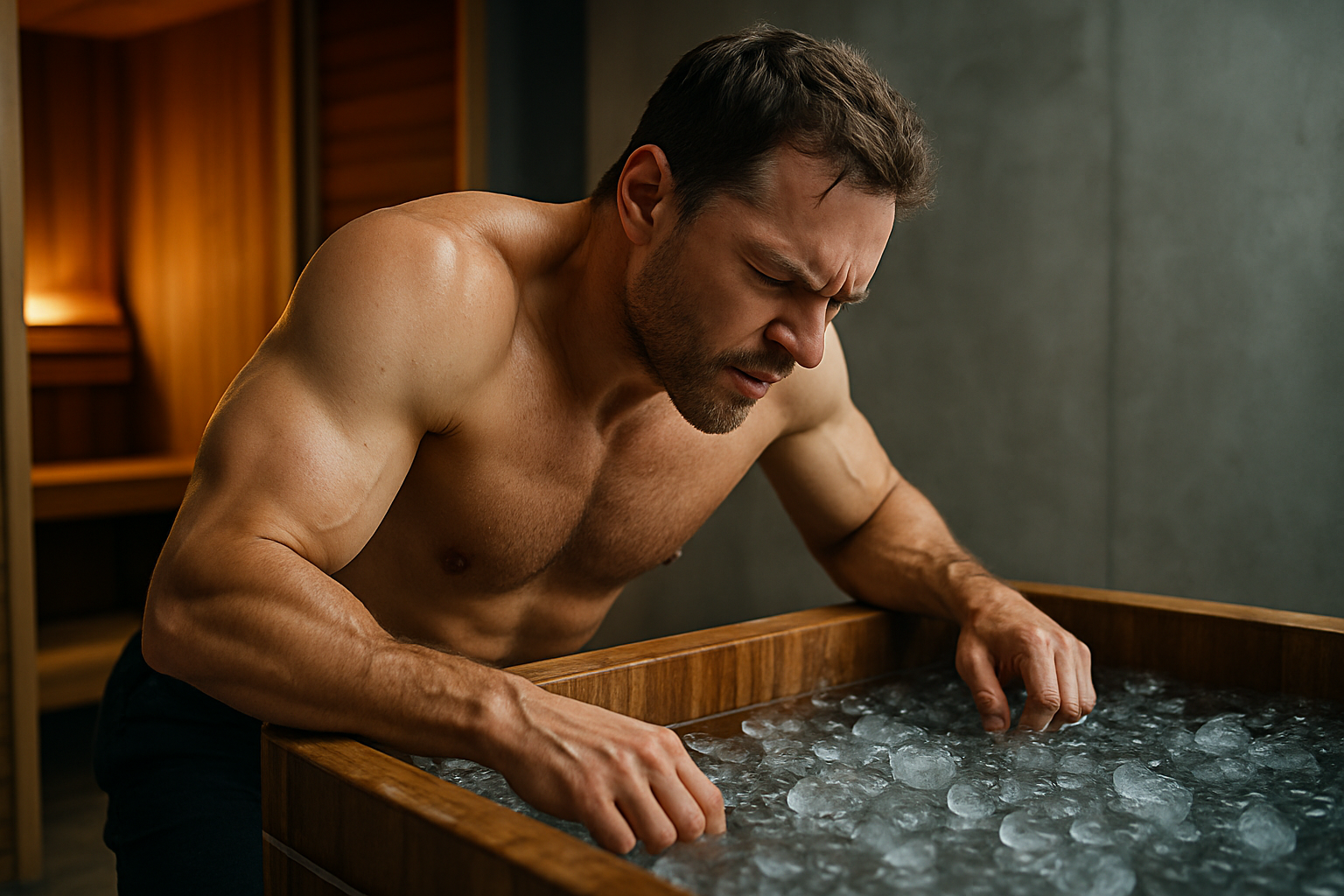Discover How Ice Tubs Work and Why People Use Them
Ice tubs are big tubs filled with cold water and ice cubes that people use to explore how the body reacts to chilly temperatures. Learning about ice tubs can show how the body feels in cold water, what happens when you sit in it, and how it has been used in different places around the world for fun and challenges.

What Makes Cold Water Experiences Effective
Cold water immersion works through several physiological mechanisms that trigger specific responses in the human body. When exposed to cold water, blood vessels constrict in a process called vasoconstriction, redirecting blood flow to vital organs. This response activates the sympathetic nervous system, releasing norepinephrine and other stress hormones that can enhance alertness and mood.
The temperature shock also stimulates the vagus nerve, which plays a crucial role in the body’s rest-and-digest response. Regular cold exposure can improve the body’s ability to adapt to stress, a concept known as hormesis. Research suggests that controlled cold stress may enhance immune function, reduce inflammation, and improve circulation over time.
Understanding Ice Tub Benefits for Health and Performance
Ice tub benefits extend across multiple areas of health and wellness. Athletes commonly use cold water immersion to reduce muscle soreness and accelerate recovery after intense training sessions. The cold temperature helps decrease metabolic activity in tissues, potentially reducing cellular damage and inflammation.
Mental health applications include mood enhancement through the release of endorphins and increased production of norepinephrine, which can act as a natural antidepressant. Some users report improved sleep quality, increased energy levels, and enhanced mental clarity following regular ice bath sessions. Cold water immersion may also support weight management by activating brown adipose tissue, which burns calories to generate heat.
Educational Body Experiments and Scientific Research
Educational body experiments involving cold water immersion have provided valuable insights into human physiology and adaptation mechanisms. Researchers study how the body responds to controlled cold stress, measuring changes in heart rate, blood pressure, hormone levels, and immune markers.
These studies help scientists understand the optimal duration, temperature, and frequency for cold water exposure. Current research explores applications for conditions including depression, anxiety, chronic pain, and autoimmune disorders. Academic institutions and research centers continue investigating the long-term effects of regular cold water immersion on human health and performance.
Water Challenge Learning and Gradual Adaptation
Water challenge learning involves progressive adaptation to cold water exposure, starting with shorter durations and warmer temperatures before advancing to more intense protocols. Beginners typically start with 30-60 seconds in water around 60-65°F (15-18°C), gradually working toward longer sessions in colder temperatures.
Proper breathing techniques play a crucial role in cold water adaptation. Controlled breathing helps manage the initial shock response and maintain composure during immersion. Safety protocols include supervision for beginners, limiting session duration, and avoiding cold water exposure for individuals with certain medical conditions such as heart disease or pregnancy.
Ice Immersion Activities and Implementation Methods
Ice immersion activities range from simple at-home setups to professional-grade installations. Basic approaches include filling bathtubs with cold water and ice, while dedicated ice tubs offer temperature control and consistent experiences. Some facilities provide communal ice baths, saunas with cold plunge pools, and guided cold water therapy sessions.
| Product Type | Provider Examples | Key Features | Cost Estimation |
|---|---|---|---|
| Portable Ice Tubs | The Cold Plunge, Ice Barrel | Insulated design, drain systems | $3,000-$8,000 |
| DIY Chest Freezer Conversion | Local appliance stores | Customizable, budget-friendly | $500-$1,500 |
| Professional Cold Plunge Pools | Plunge Pool Co., Cold Tub | Commercial-grade, temperature control | $10,000-$25,000 |
| Inflatable Ice Baths | Recovery Guru, Ice Pod | Portable, space-saving | $200-$800 |
Prices, rates, or cost estimates mentioned in this article are based on the latest available information but may change over time. Independent research is advised before making financial decisions.
Different activity formats include solo sessions for personal wellness routines, group experiences for team building or fitness classes, and therapeutic applications under professional guidance. Many users combine ice immersion with heat therapy, alternating between cold water and saunas or hot tubs for enhanced physiological benefits.
Safety Considerations and Best Practices
Implementing ice immersion activities requires careful attention to safety guidelines and individual limitations. Medical clearance is recommended for individuals with cardiovascular conditions, respiratory issues, or other health concerns. Proper supervision, especially for beginners, helps ensure safe experiences and emergency response if needed.
Session duration should match experience level, starting with brief exposures and gradually increasing time as tolerance develops. Water temperature monitoring ensures consistent and safe conditions, while exit strategies provide immediate warmth and recovery options. Understanding personal limits and recognizing signs of hypothermia or excessive stress helps maintain safe practice standards.
Ice tubs represent a growing intersection of traditional wellness practices and modern scientific understanding. As research continues to explore the mechanisms and applications of cold water immersion, these tools offer accessible ways for individuals to experiment with controlled cold exposure. Whether used for athletic recovery, mental health support, or general wellness enhancement, ice tubs provide structured approaches to harnessing the potential benefits of cold water experiences while maintaining safety and consistency in practice.
This article is for informational purposes only and should not be considered medical advice. Please consult a qualified healthcare professional for personalized guidance and treatment.




